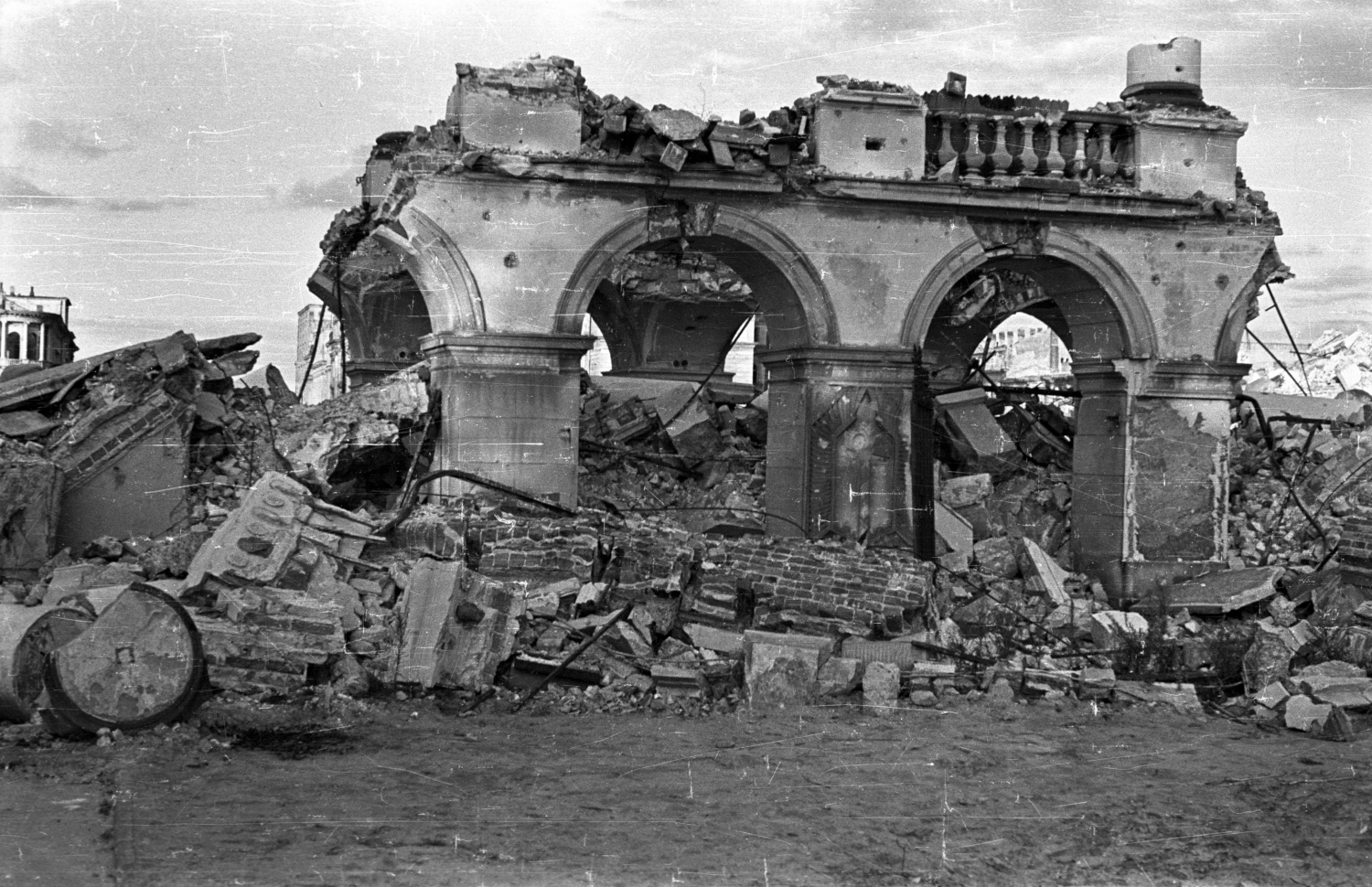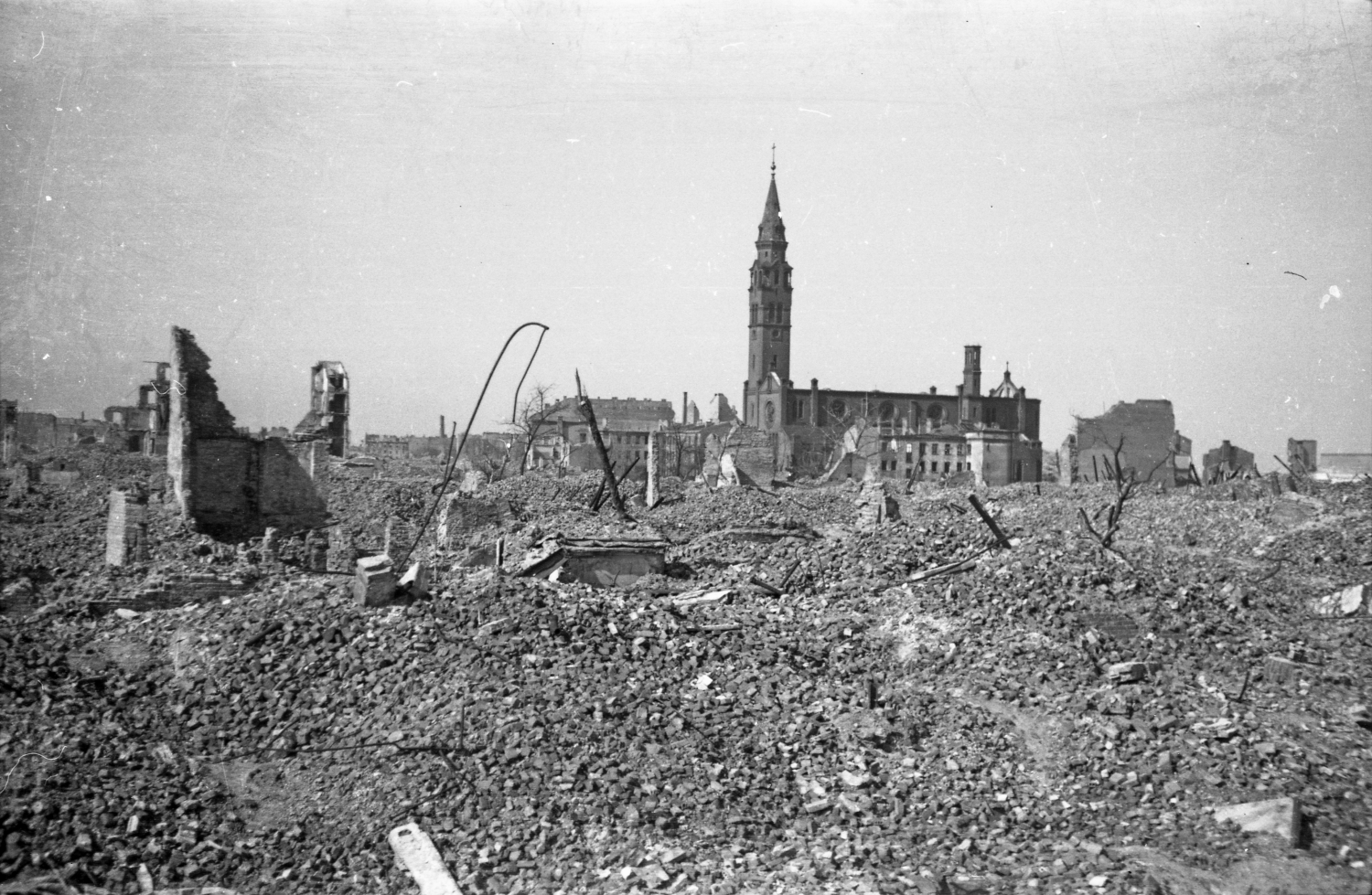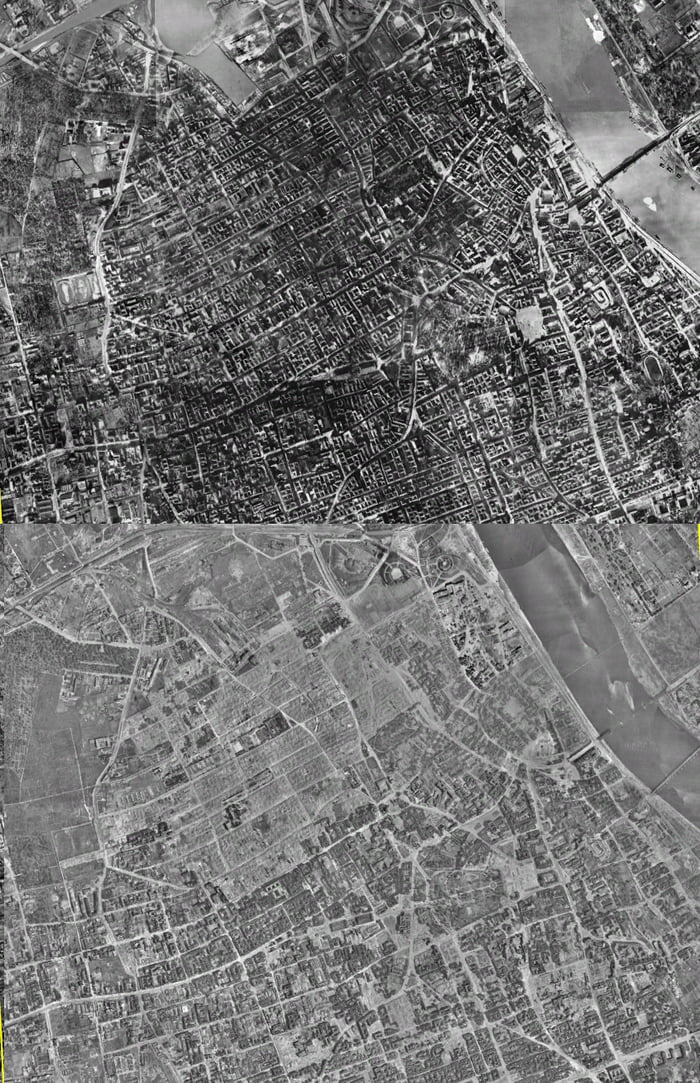
Prudential przed II wojną światową Warsaw, Warsaw poland, Poland
While the retreating Polish Army valiantly resisted the advancing German columns, Warsaw's 1.3 million inhabitants were subjected to furious bombardment. Hospitals, churches and schools were hit.

Pin on WW2 Allies
The Warsaw Ghetto was a walled-off, disease-infested slum area where death was a daily occurrence. The ghetto's inhabitants were subjected to regular roundups; lined up and marched off to transportation trains heading for extermination centres such as Auschwitz and Treblinka.

Warsaw after the war and rebuilt today Imagem de cidade, Cidade, Ponto turístico
The Resurrection of Warsaw after the II World War 6 Mins Read After the Warsaw Uprising in 1944, the residents of the capital city of Poland found themselves surrounded by ruins.

Warsaw Pictures Before and After WW2 The World of "MIlkweed" as story by Jerry Spinelli
A German soldier sets fire to a building. However, with support from the international community and the collective efforts of the Polish people, Warsaw was eventually rebuilt, and its historic Old Town and many other cultural landmarks were restored to their former glory.

Warsaw After Ww2
Fri 22 Apr 2016 02.30 EDT It is August 1944 and the Polish resistance are in violent clashes with the Nazi forces that have occupied Warsaw. The resistance intend to liberate the city from what.

Warsaw After Ww2
In 1939, at the start of World War II, Poland was partitioned between Nazi Germany and the Soviet Union (see Molotov-Ribbentrop Pact). One-fifth of the Polish population perished during World War II; the 3,000,000 Polish Jews murdered in the Holocaust, who constituted 90% of Polish Jewry, made up half of all Poles killed during the war.

Putin Ally Warns Russia Prepared to Take War to Polish Border
The Nazi invasion of Poland on September 1, 1939, started World War II. A year later, German soldiers built a ghetto in Warsaw where as many as 400,000 Jews were forced to live. Most of them.

Warsaw After Ww2
Language English The city of Warsaw, capital of Poland, flanks both banks of the Vistula River. A city of 1.3 million inhabitants, Warsaw was the capital of the resurrected Polish state in 1919. Before World War II, the city was a major center of Jewish life and culture in Poland.
.jpg?h=dec22bcf)
Warsaw Burning The German Response to the Warsaw Uprising The National WWII Museum New Orleans
Liberation of Warsaw. Warsaw was left devastated and in ruins when the Germans retreated and the Red Army arrived in 1945. January 17, 2020. Top Image: Remnant of Pawiak prison gate and Monument Tree, Warsaw, Poland. Photo by Keith Huxen, PhD. Perhaps no city suffered more than Warsaw during World War II. The lead image in this post is of a.

mostlyhistoryRuins of Warsaw after the Second World WarMarket place in Polna Street (1946
It began with huge aerial bombardments initiated by the Luftwaffe starting on September 1, 1939 following the German invasion of Poland. Land fighting started on September 8, when the first German armored units reached the Wola district and south-western suburbs of the city.

Warsaw After Ww2
The AK anticipated that the uprising would take only a few days and would free Warsaw before the Soviets entered the city. The Uprising, August 1-October 2, 1944 The Warsaw uprising began on August 1, 1944, at 5 p.m. Approximately 45,000 members of the AK under commandment of general Antoni Chruściel "Monter" joined the combat.

Warsaw 1935 vs Warsaw 1945 Before and after destruction aerial photographs, courtesy of Google
The Holocaust Before the Holocaust, Jews were the largest minority in Poland. In Poland's major cities, Jews and Poles spoke each other's languages and interacted in markets and on the streets. Even the market towns, or shtetls, that have come to represent the lives of Jews in Eastern Europe were, to some extent, mixed communities.

Warsaw After Ww2
Many planes were shot down before reaching Warsaw—the Polish Special Deputies Squadron alone lost 16 crews in flights to the besieged city. It was estimated that the Allies lost one bomber for every ton of supplies delivered to the Polish Home Army. British planes bring aid to the Warsaw Uprising in August 1944.

Warsaw before and after WWII 9GAG
Poland was the first country in Europe to experience World War Two, which begun on 1 September 1939. Poland was also the first country to engage in armed combat with the joined forces of Nazi Germany and the USSR in their attempt the change the world order.

Warsaw After Ww2
Following the German invasion of Poland on September 1, 1939, Warsaw suffered heavy air attacks and artillery bombardment. German troops entered Warsaw on September 29, shortly after its surrender. Take a look at the capital of Poland in the 1930s to see everyday life of Warsaw before World War II.

Warsaw, before and after WW2. Incredible ArchitecturalRevival
German forces dedicated an unprecedented effort to razing the city, destroying 80-90% of Warsaw's buildings, including the vast majority of museums, art galleries, theaters, churches, parks, and historical buildings such as castles and palaces. They deliberately demolished, burned, or stole an immense part of Warsaw's cultural heritage.